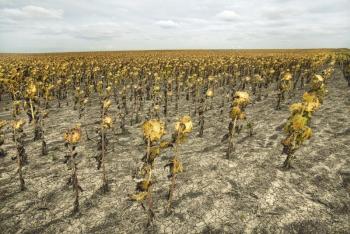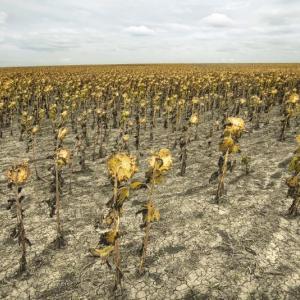Drought conditions ‘significantly improved’ statewide, task force closed
AUGUSTA — Maine’s Drought Task Force met virtually Thursday to discuss the drought conditions across the state. Since the Task Force met a month ago, drought conditions have significantly improved across the state. According to the latest Drought Monitor, five percent of the state remains in drought status.
The National Weather Service reported large precipitation gains over the last month, noting most areas received normal or above normal precipitation amounts. While snowpack is currently below normal for mid-December in the headwaters region, they noted there is still a lot of winter to go.
The Drought Task Force is made up of state, federal and private scientific, agricultural, regulatory, water use and natural resources organizations and assists in monitoring, coordinating, and managing responses to droughts and recommends actions to minimize impacts to public health, safety, the environment and agriculture.
The Task Force has officially been closed due to the improved conditions. The Task Force will reconvene in the spring of 2021 should the conditions warrant.
The U.S. Geological Survey reported that river flows have recovered due to rain events in October and November, and that on average, Maine stream flows are above normal. Ground water levels have also recovered, with recharge showing in all 18 monitored real time wells. Some of the slower responding wells are still rising from recent rains.
“It’s been a long year but its great to see things have really turned around,” MEMA Deputy Director Joe Legee said. “We're proud of all of the great work the Task Force has done.”
The USDA Farm Service Agency (FSA) reported that Knox County received a drought declaration. The special FSA Farm Programs remain in effect to assist farmers, ranchers and small businesses, as well as the Small Business Administration disaster loan assistance programs. Available programs and loans include:
Non-insurable Crop Assistance Program (NAP) - provides financial assistance to producers of non-insurable crops when low yields, loss of inventory, or prevented planting occur due to natural disasters including qualifying drought.
Livestock Forage Program (LFP) - provides compensation to eligible livestock producers who suffered grazing losses for covered livestock due to drought.
Tree Assistance Program (TAP) - provides financial assistance to eligible orchardists and nursery tree growers to replant and/or rehabilitate eligible trees, bushes, and vines lost due to a qualifying natural disaster.
Emergency Assistance for Livestock, Honeybees, and Farm-Raised Fish Program (ELAP) - provides emergency relief for losses due to feed or water shortages, disease, adverse weather, or other conditions, which are not adequately addressed by other disaster programs.
Emergency Loan Program - available to producers with agriculture operations located in a county under a primary or contiguous Secretarial Disaster designation. These low interest loans help producers recover from production and physical losses.
Emergency Conservation Program (ECP) - provides cost share, up to 75% of the producers actual costs, to provide emergency water during periods of severe drought (specifically for grazing and confined livestock and existing orchards and vineyards). Approved practices and measures may include: installing pipelines or other facilities for livestock water or existing irrigation systems for orchards and vineyards; constructing and deepening wells for livestock water; developing springs or seeps for livestock water.
Producers experiencing drought related losses should contact their local FSA Office. A list of local offices can be accessed here.
The Maine Department of Agriculture, Conservation and Forestry has partnered with the University of Maine School of Food and Agriculture, in collaboration with the University of Maine Cooperative Extension, to administer the Maine Drought and Agriculture Survey to research how the drought affected farming operations over the past five years. Those wishing to participate in the survey can access it here.
The Dry Well Survey, launched by MEMA in August, received feedback of dry wells in all sixteen counties and has been formally closed. With over 280 responses, the information helped the Task Force determine how widespread the problem was and what resources were needed.
Citizens who may be experiencing low water levels in wells are also encouraged to take the following steps:
Avoid filling wells by a water hauler or fire department. This could contaminate the owner's well because water from an unknown source may contain toxins and water would likely leak out in a short amount of time.
Check water systems for leaks and fix them. This can also save money for those on public water.
Ensure you have a full load before running dishwashers and washing machines.
Space out water usage to avoid a temporary shortage that could damage the pump.
If using drinking water from an outside source, make sure containers and the water source are clean.
Use a licensed well driller or pump installer to check water levels in wells for the most accurate assessment and advice and to avoid contamination.
Event Date
Address
United States
























